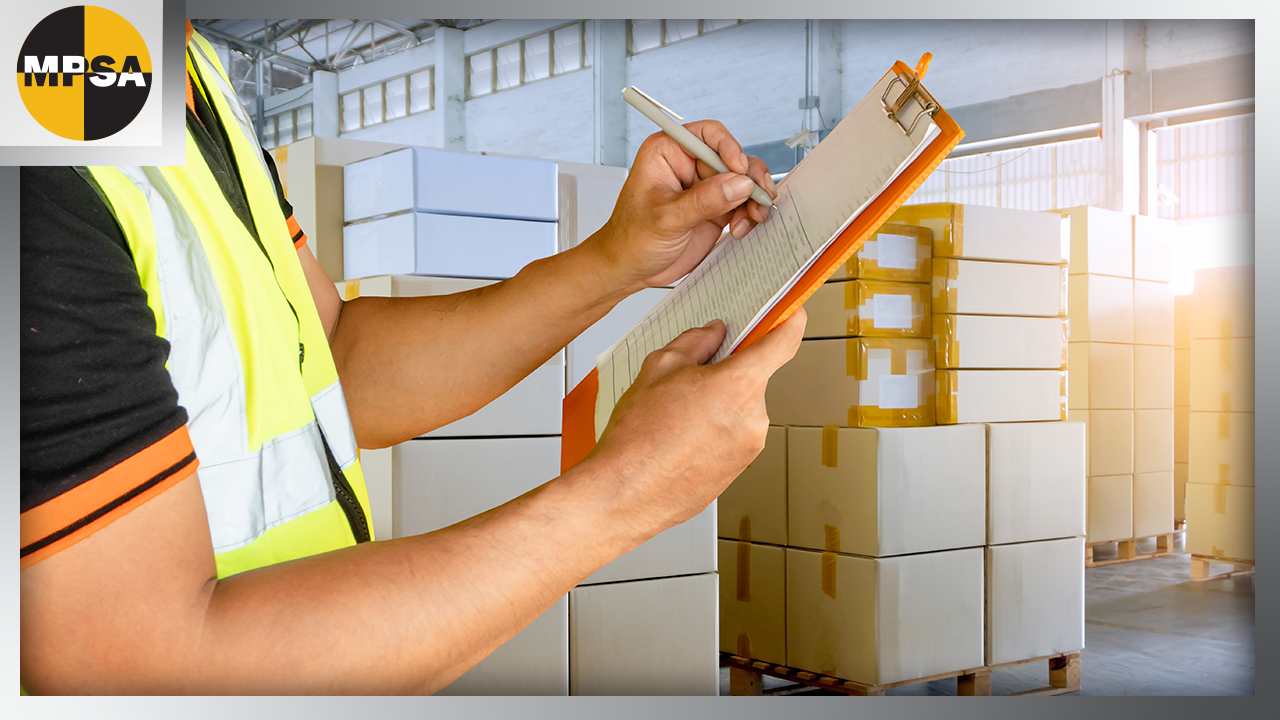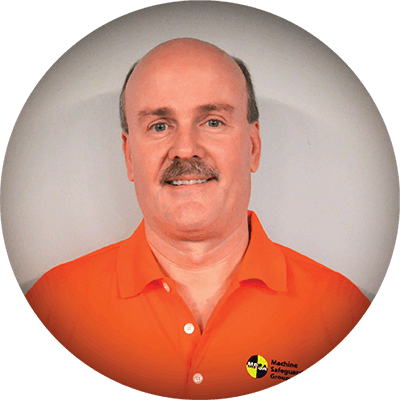There are many machine-safety companies (like Airline's machine safety division, MPSA) available in the marketplace. Many claim to offer turnkey services. But when you know what to ask, you’ll find some have the capabilities to handle a complete machine-safety project, while others only offer a partial solution. This can create the need for additional research and outsourcing for various aspects of the project.
So how do you know when a machine-safety company is the right one to partner with? Here are the 10 most important questions and considerations to ask when interviewing a potential machine-safety partner:
1. What is your hazard analysis methodology?
OSHA dictates you must conduct and document a workplace hazard analysis, 29 CFR 1910.132(d)(2). Additionally, the common machine-safety industry consensus standards recognized and referenced by OSHA (e.g., ANSI B11, ANSI B155, ANSI Z244, ANSI/RIA-R14.06, NFPA 79, etc.) indicates the same.
Depending on your machine type and the urgency of your upgrades, there are several methodologies for conducting a machine-safety hazard analysis. Your hazard analysis methodology—qualitative or quantitative—must be accepted by your employer, regulatory agency, or insurance carrier. Confirm that your partner has the technical capabilities and relevant experience to conduct the correct analysis and is able to present the findings in a clear and useful manner.
If an internal resource or a different partner is used for the hazard analysis phase, you need to confirm the content and quality of their work to ensure there is a smooth flow of sufficient and detailed hazard-analysis information to enable the design and engineering solutions.
2. Will you collaborate with our internal stakeholders?
They may be an expert in the machine-safety field, but you are the expert on your company’s operations and its machinery. Ensure the hazard-analysis process is conducted in a highly collaborative manner to capture the input and suggestions from each of your internal stakeholders. This ensures the solutions will not only be safe and compliant, but your stakeholders will be able to achieve their production, productivity, and quality requirements.
3. Do you offer fully integrated and turnkey solutions?
Many vendors may only perform the hazard-analysis phase and may not offer any additional safety solutions. When selecting your machine-safety partner, it is ideal that they not only identify the hazards, but also design, engineer, fabricate, install, and validate your machine-safety upgrades including the mechanical, electrical, and safety controls. This ensures the design is delivered as a fully integrated and turnkey solution, meaning the finished product is complete and ready for immediate use.
A turnkey machine-safety partner can minimize disruptions due to scheduling and material procurement, and can better ensure the quality and integrity of the installation. Multiple subcontractors and “hand-over” points at various phases of the project can create opportunities for missed schedules and unsuitable solutions. One company offering the whole solution avoids “finger pointing” between multiple partners and reduces the potential for ineffective solutions, installation delays, or cost overruns.
4. Can you provide a variety of safety components from more than one manufacturer?
A single component manufacturer may offer a variety of devices, but no single manufacturer carries every component your project or installation may require. The best approach is to select a partner who can access several different manufacturers of safety components. That way, you’re getting the device that best fits your application, not the closest fit from what’s available. Also make sure your safety partner can provide spare parts, troubleshooting, and other post-installation support services.
5. Will you provide project documents and costs in multiple phases?
Machine safety upgrades can be complex and costly. It’s ideal to find a partner who provides at least two phases where the scope, technical requirements, and costs are provided to you.
By the end of phase one, you should know the magnitude and cost of the required upgrades early in the process. This gives you an early opportunity to decide if upgrades, machine replacement, or outsourcing of the work is the best financial approach for your organization.
The second phase of design and engineering should ensure the upgrades are precisely “designed-to-fit” and are compatible with normal production and maintenance needs. The second phase should ensure the upgrades do not reduce or obstruct machine productivity, reliability, quality, or worse—creates a new unforeseen hazard.
6. Do you have in-house safety-control system expertise?
Today’s high-speed, automated and robotic equipment relies extensively on automated process-control devices and programmable logic systems. These machines place a much greater emphasis on the use of safety control components, programmable safety controllers, and control-reliable devices and wiring methods.
For this type of equipment, your safety partner should have extensive machine safety-control system expertise. Many companies may have expertise in fabricating mechanical guarding, but outsource their machine safety-control upgrades to a third party. This increases your chance of incurring delays, cost overruns, and ineffective solutions.
Also ensure they can select the correct and approved safety-control devices, as well as configure the wiring and circuits to interrupt motion and energy in a reliable and compliant manner. This is important since a key part of any machine-safety risk assessment is determining the reliability or performance level needed for the machine’s safety-control system devices and circuits.
7. Do you evaluate the following key machine-safety parameters?
- Suitable zero-energy state (ZES) isolation devices for lockout of each hazardous-energy source
- Tamper-resistant barrier guarding to prevent access Above, Under, Through or Over (AUTO) the guarding
- Control-reliable safety devices, controllers, and circuit wiring configurations
- Compliant and properly located and labeled operating controls
- Confirmation of machine stop times for proper placement of proximity-sensing devices
- Validation and testing of safety-control devices, controllers, and circuit configurations in accordance with ISO-13849
8. Can you reverse-engineer & upgrade legacy equipment?
If your machine safety upgrades are for legacy equipment, in many cases the original equipment manufacturer (OEM) documentation, drawings, or schematics simply don’t exist. In these cases, it will be necessary to select a partner who has reverse engineering or forensics control-engineering expertise. This is needed to accurately identify the control logic of your machine and locate where machine interrupting or stop controls can be integrated for reliable and compliant control.
9. Can you provide the required level of project documentation?
Your external partner should provide CAD drawings for all mechanical upgrades and electrical and control-system scope descriptions and schematics. Ensure these documents are provided for your approval before any fabrication or changes take place. These documents are critical to describe the functionality of the new changes and to form the basis for any management of change (MOC) or mechanical integrity (MI) documentation required by your company.
10. Do you validate the safety control system?
Any upgrades to a machine-safety control system must be subject to a full system validation. A simple functional checkout of each device is not sufficient. A formal validation protocol must be developed that includes inserting faults into the safety-control circuits and confirming the full circuit design, component selection, and wiring methods are of the required reliability or performance level using a recognized software tool conforming with ISO-13849.
Other important points to consider:
In addition to the above questions, you should certainly make the following inquiries: How long have they been in business? How many people are on their staff? How many clients do they have? You should also speak to other clients about their experiences. It is entirely possible you will be partnered with them for many months, if not years. Even with an exceptional machine-safety partner, there may be obstacles and bumps in the road, especially during the initial steps. It is critical that your partner is staffed and able to accommodate unforeseen changes and delays, while still working to achieve compliance as quickly as possible. Their process and services should offer flexibility, customization, efficiency, and value.
Learn more and contact us:
Learn about MPSA's Turnkey Machine Safety Solutions
Contact an MPSA Machine Safety Expert







Leave Comment